Results for Category: Herb Talk
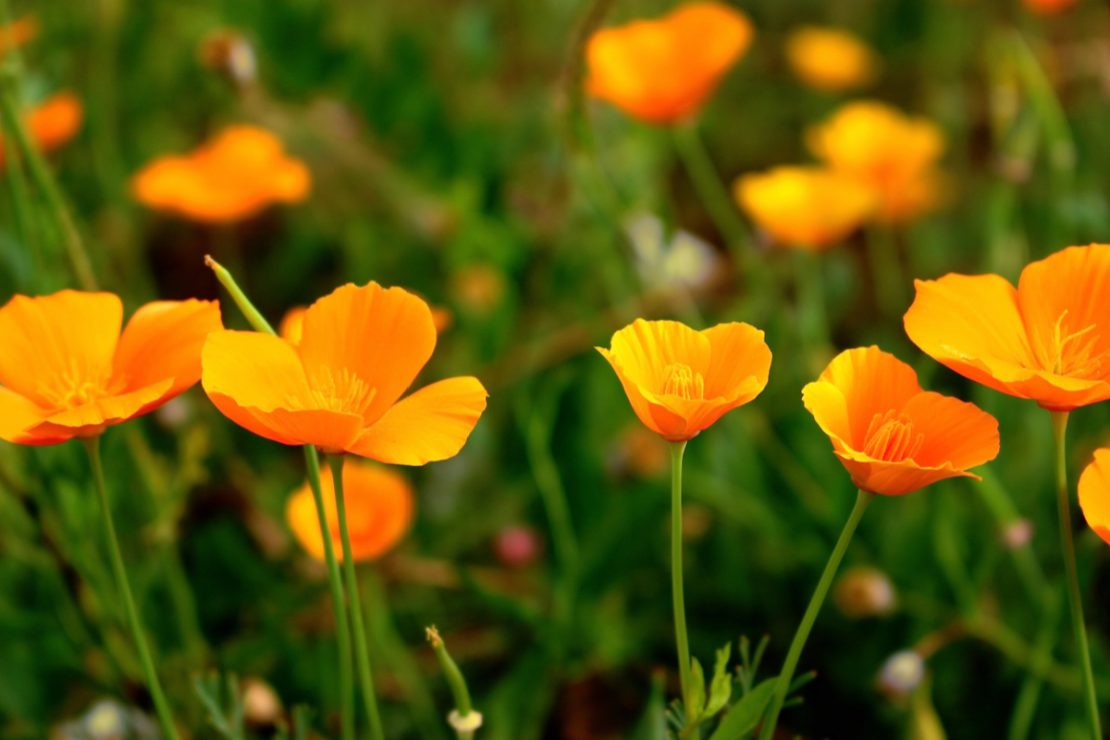
California Poppy Benefits + Recipe
California poppy (Eschscholzia californica), the state flower of California, is a beautiful wildflower that has been an ally to western-dwelling Indigenous peoples for long before there was a United States, let alone a United States Pharmacopeia. In this post, I will share with you a materia medica on the beneficial California poppy benefits, which should…
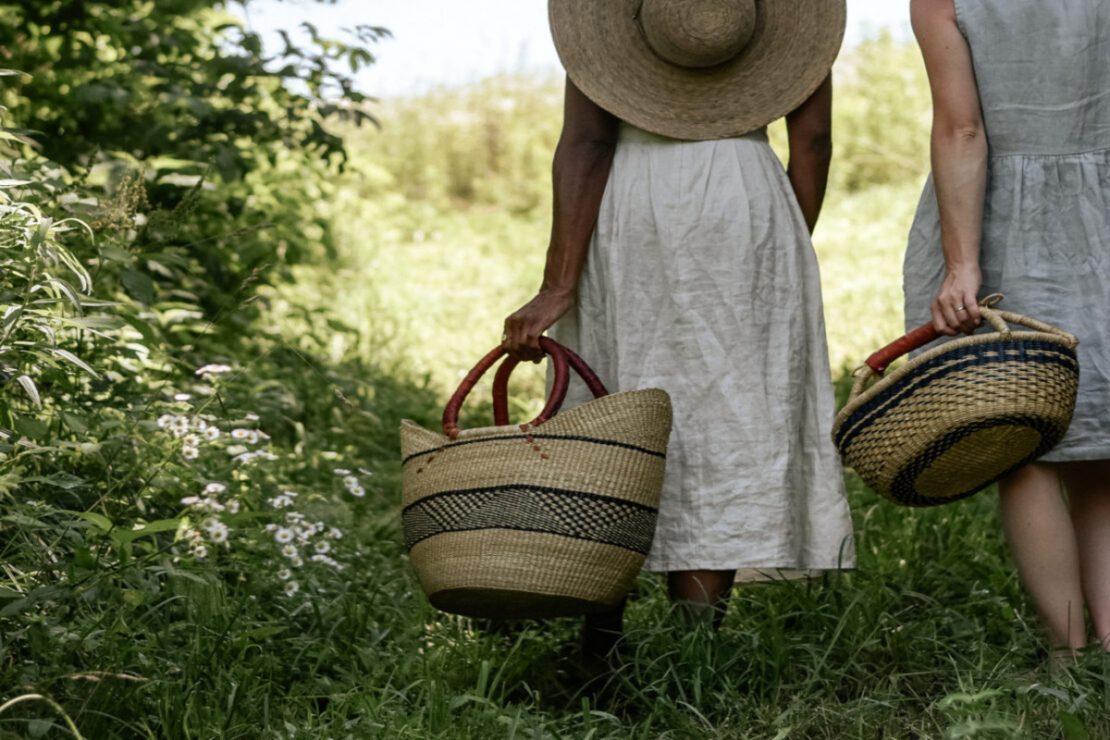
Bioregional Herbalism
Bioregional herbalism is the oldest form of herbal practice. Before global trade people used what was close at hand. This taught h...
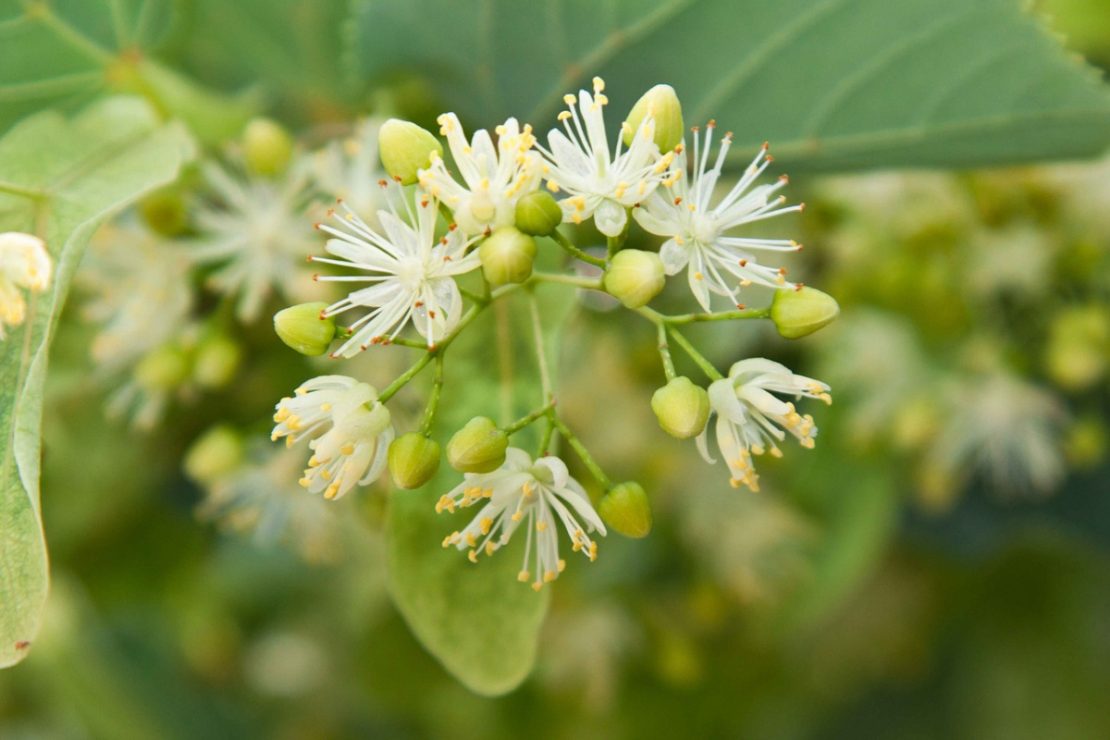
Herbal Trees
Trees are a lovely way to decorate and enhance the landscape in a multitude of ways. Some trees are large with dense canopies and ...
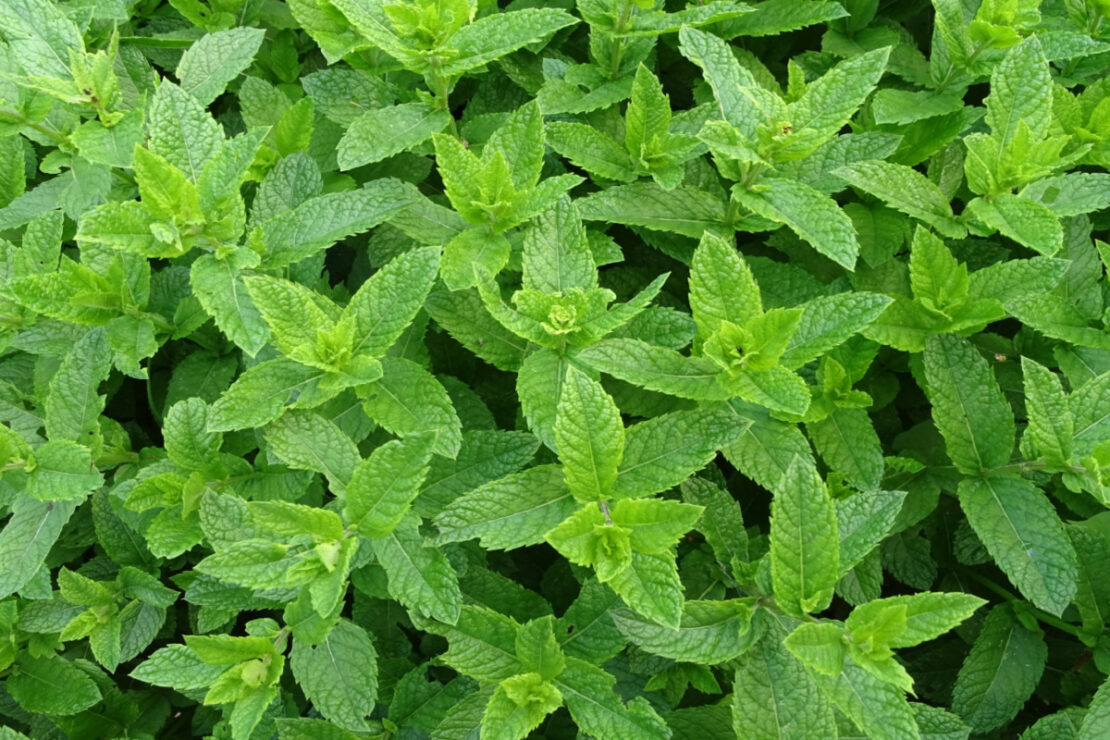
4 Options for Herbal Ground Cover
An herbal ground cover is a great option for gardeners looking to fill empty space in their garden beds or fill patches in the yard where grass has a difficult time growing. Some people even grow ground covers as an alternative to traditional grass lawns, which require heavy watering and feeding to maintain. Ground covers…
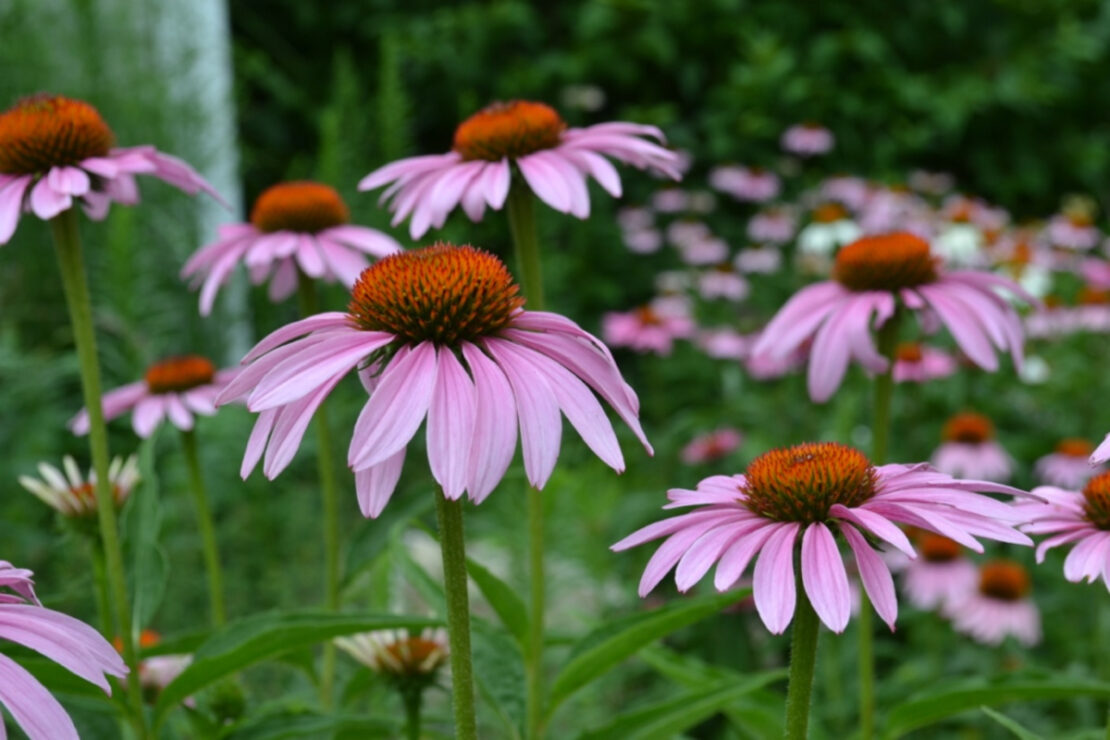
Echinacea and Goldenseal: When to Use One Over the Other
Echinacea (Echinacea spp.) and goldenseal (Hydrastis canadensis) are popular herbal allies during cold and flu season. These plants can help cope with cold and flu symptoms and aid the body in its recovery process. Both echinacea and goldenseal have antibacterial properties; however, understanding them in this narrow context doesn’t fully inform their whole range of…
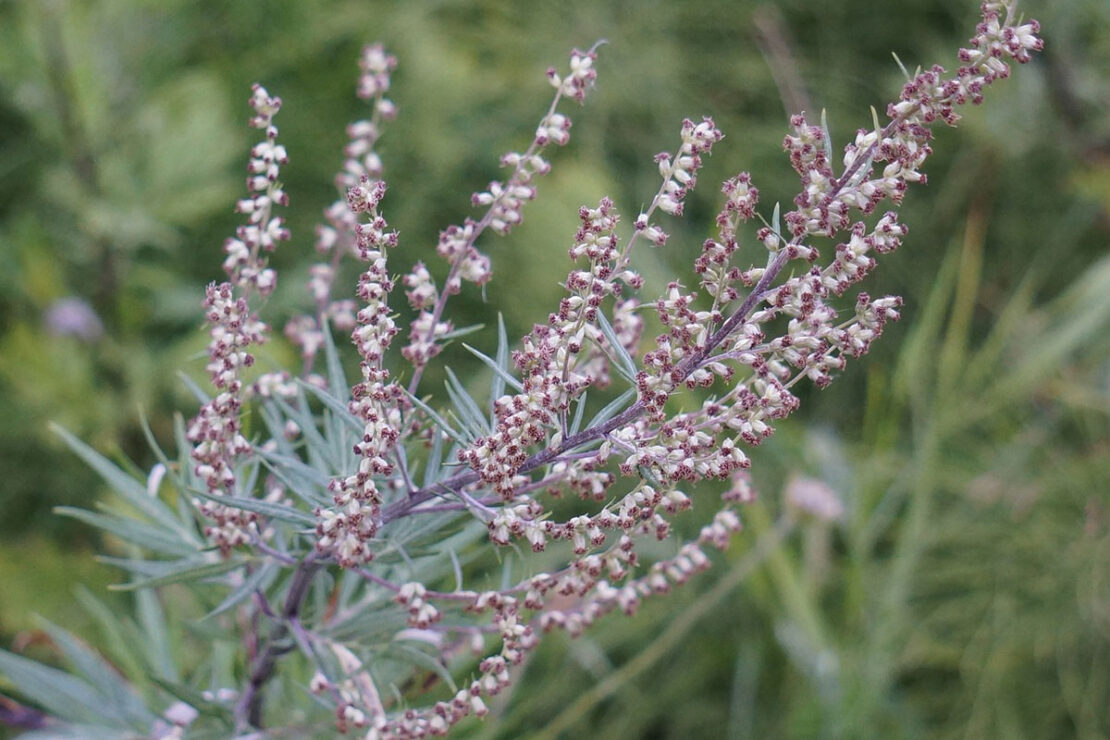
Mugwort Benefits & An Herbal Liniment Recipe
Many people think of mugwort as an herb for sleep and dream support, however, there are many mugwort benefits beyond sleeping and ...

How to Recognize and Manage Hormonal Imbalance
Recognizing and managing hormonal imbalance starts with an understanding of hormones and the impact they have on our bodies. Hormo...
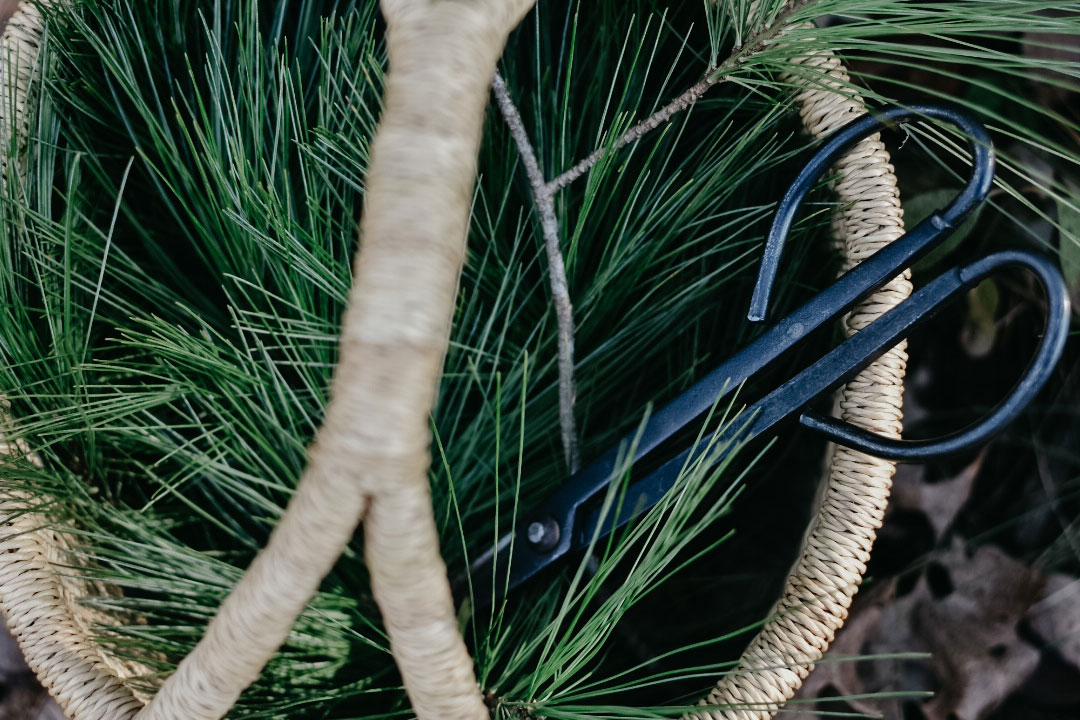
Your Guide to Winter Foraging
Something magical happens in the winter. Our pace slows, the world grows quiet, and we cozy up in our homes with a more inward focus. We’re inviting you out into the quiet world and beckoning you away from your snug nest to go with us on a winter foraging journey. Despite the drop in temperatures,…
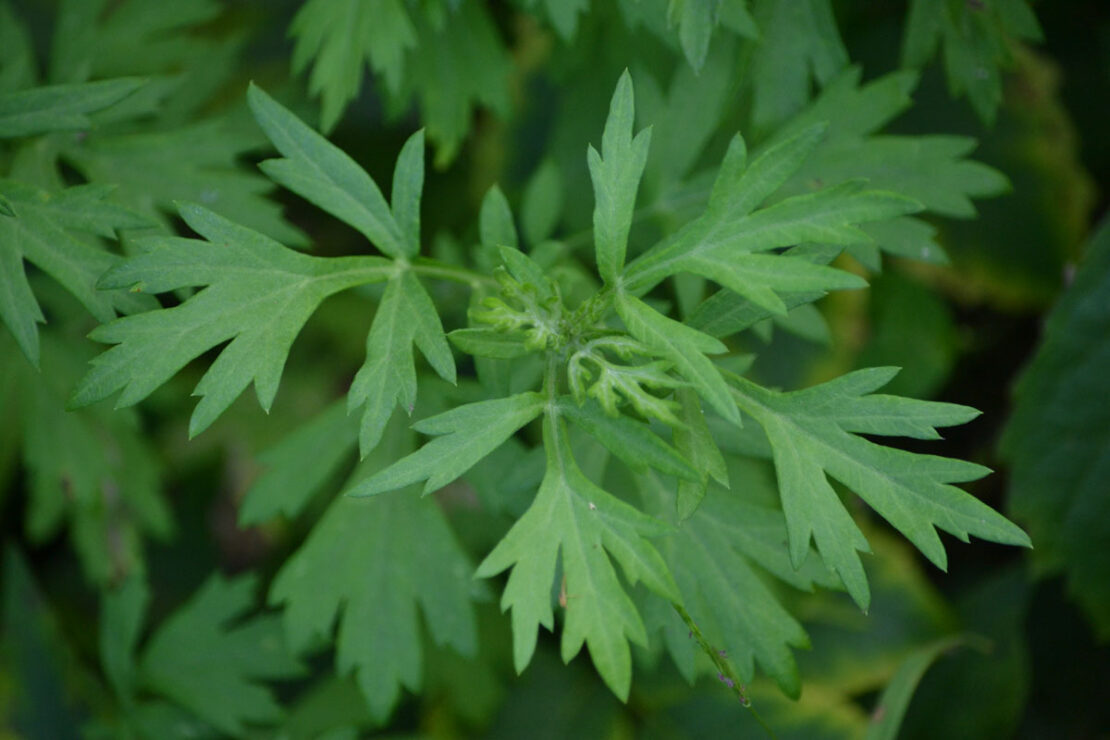
How to Use Mugwort for Dreams, Sleep, and More
When I was camping in the Gifford-Pinchot National Forest as part of my studies at the Elderberry School of Botanical Medicine, I rolled an herbal smoking blend that I made with mugwort (Artemisia sp.) as one of the main ingredients. I shared it with the group while we were sitting around the campfire. That night,…
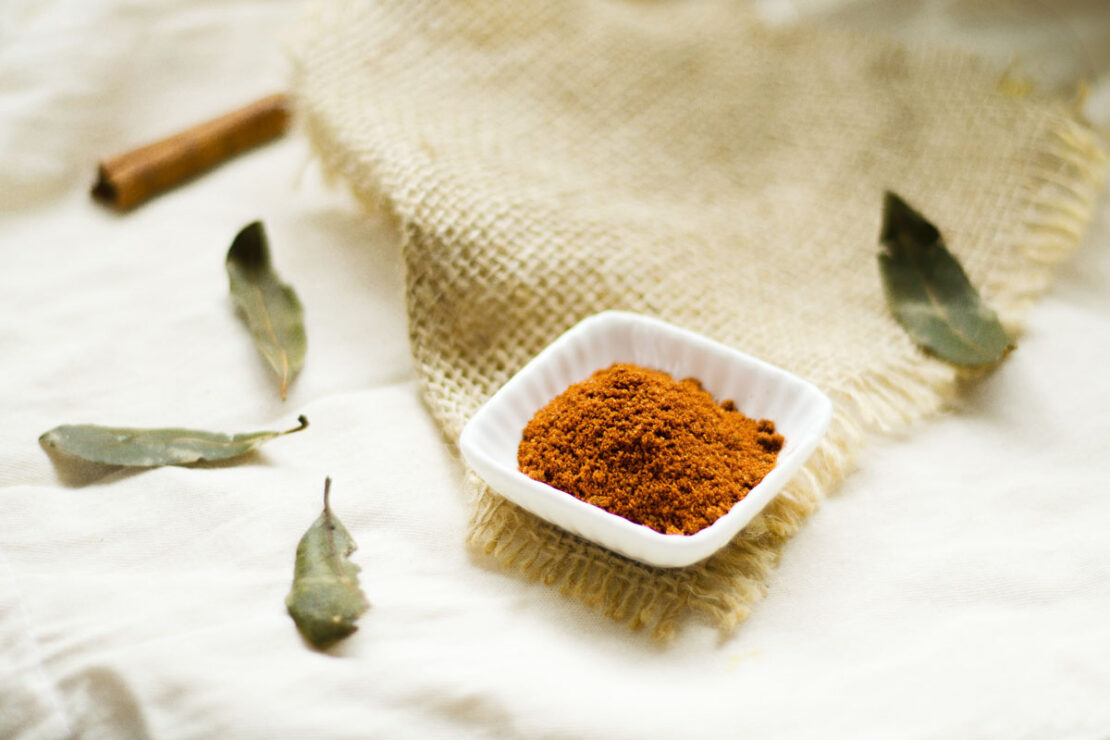
Health Benefits of Cinnamon + 2 Warming Recipes
(Excerpted from Spice Apothecary by Bevin Clare. Used with permission from Storey Publishing.) Cinnamon is one of the oldest and m...
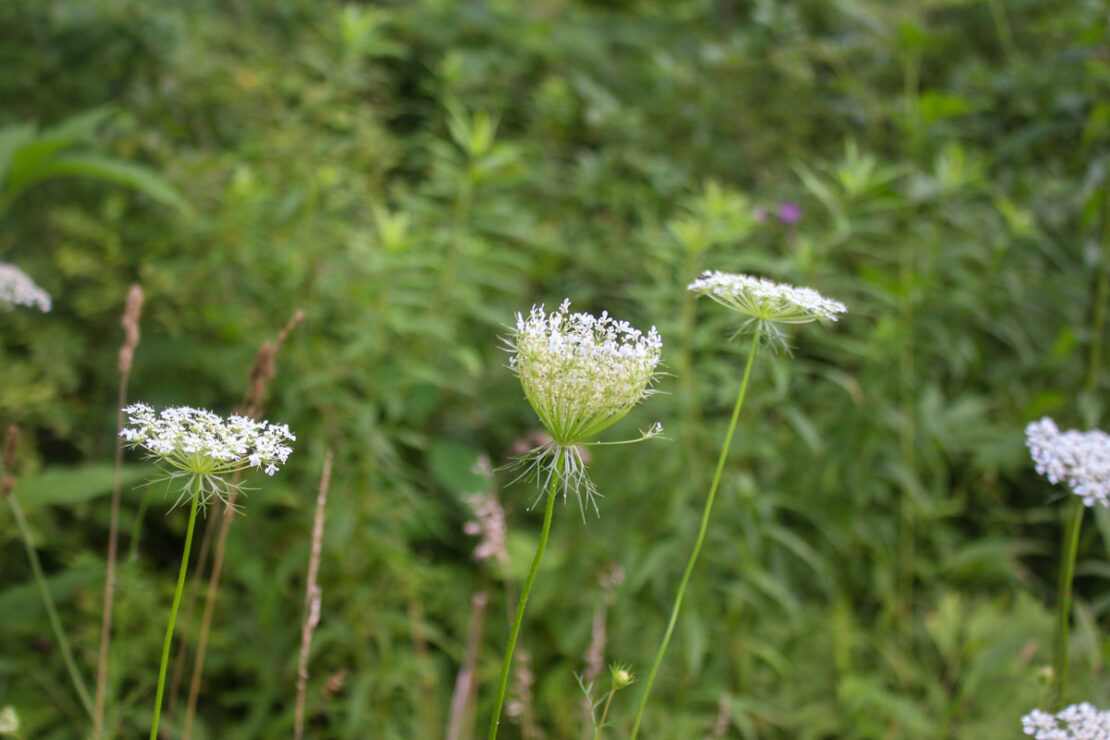
Queen Anne’s Lace Part II: Traditional Use of Daucus Carota
Queen Anne’s lace (Daucus carota) is a fascinating plant with a long and storied past. Because it has poisonous look-alikes, it�...
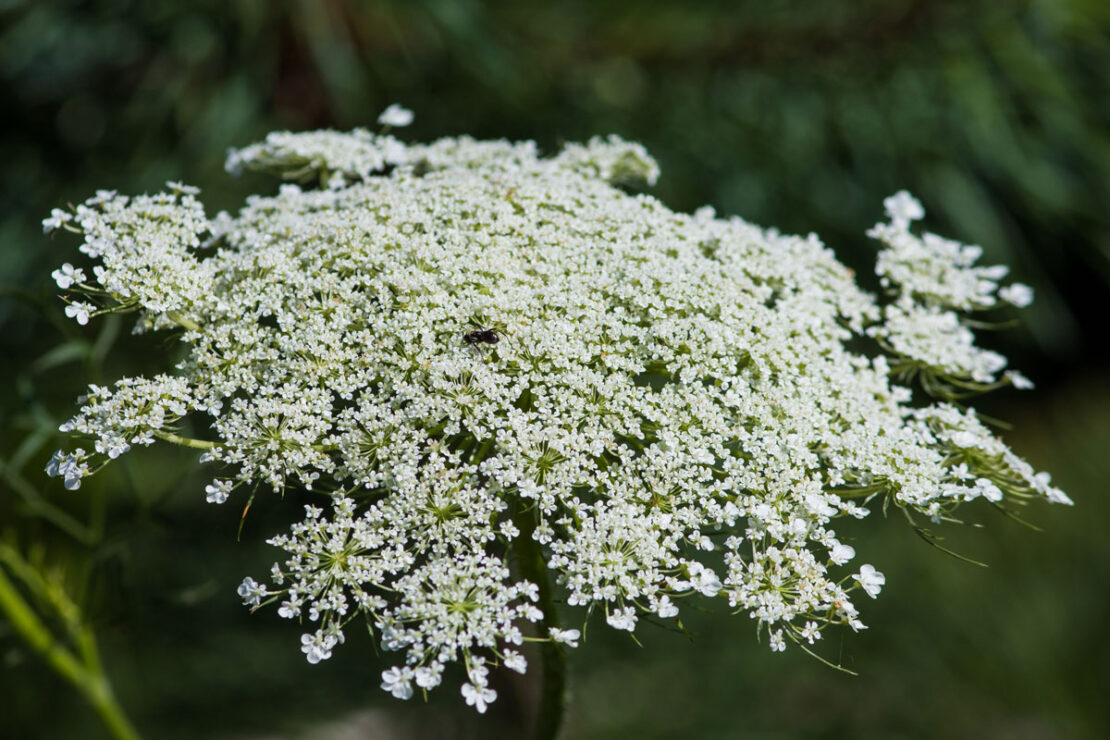
Queen Anne’s Lace Part I: Folklore and Identification
Do you ever look at herbs growing around your home or in your local area and think to yourself, “I should really learn more about that plant,” or “I wonder how that herb can be used?” I do it all the time. There are so many plants right outside our front door that can be…
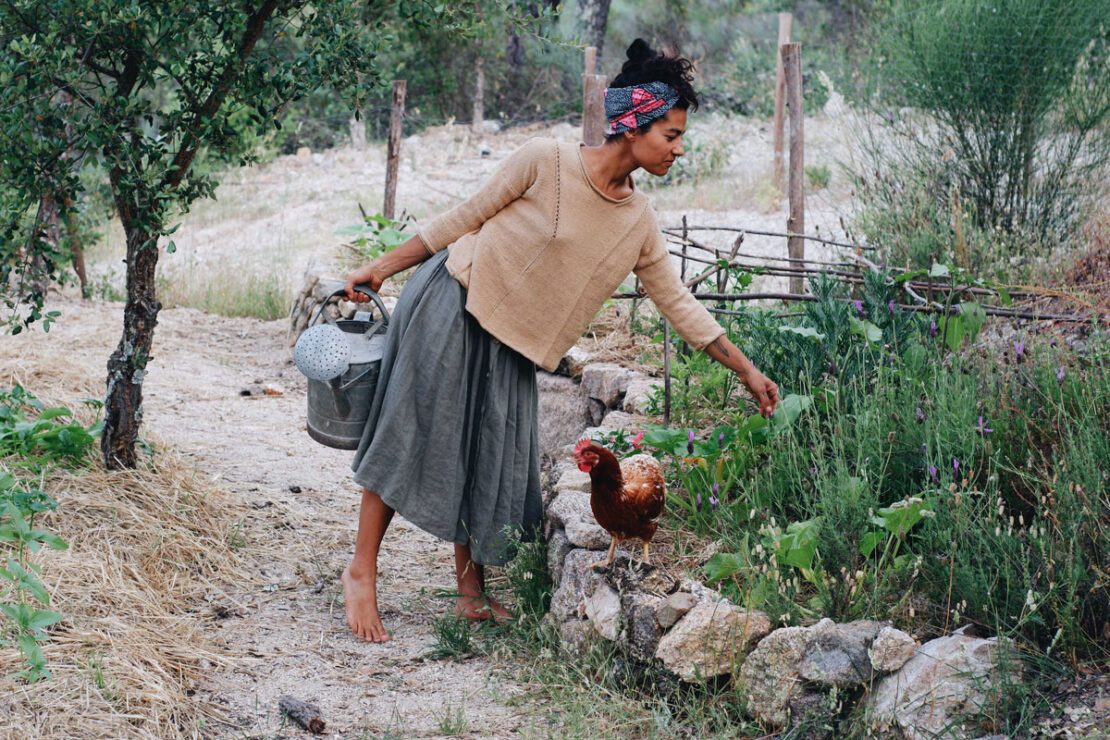
Student Feature: Cat Seixas (@ The Olive Trees And The Moon)
In the first installment of our Student Feature Series, we chatted with Cat Seixas (@TheOliveTreesAndTheMoon) about how herbalism has impacted her life for the better and empowered her to more deeply understand her family’s health. Cat is an inspiration to us all. She and her partner have spent the last six years building their gorgeous…
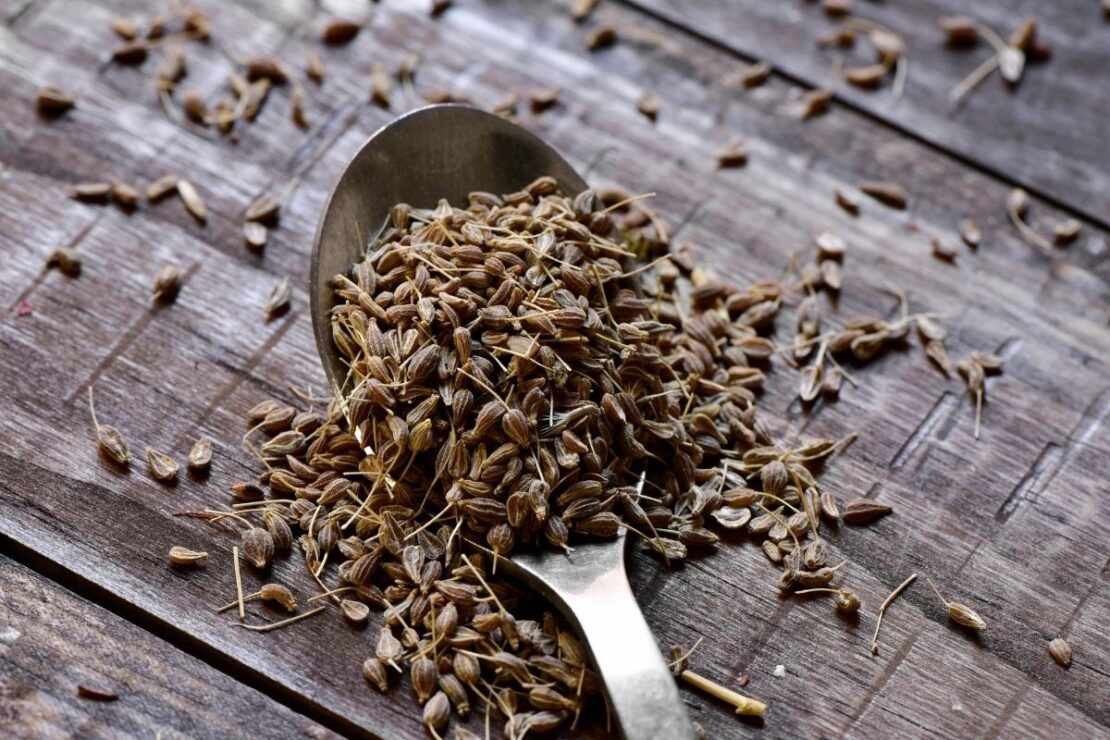
Anise Monograph: Pimpinella Anisum
The following anise monograph is an example of the type of thorough, well-researched monographs available on our membership site, ...
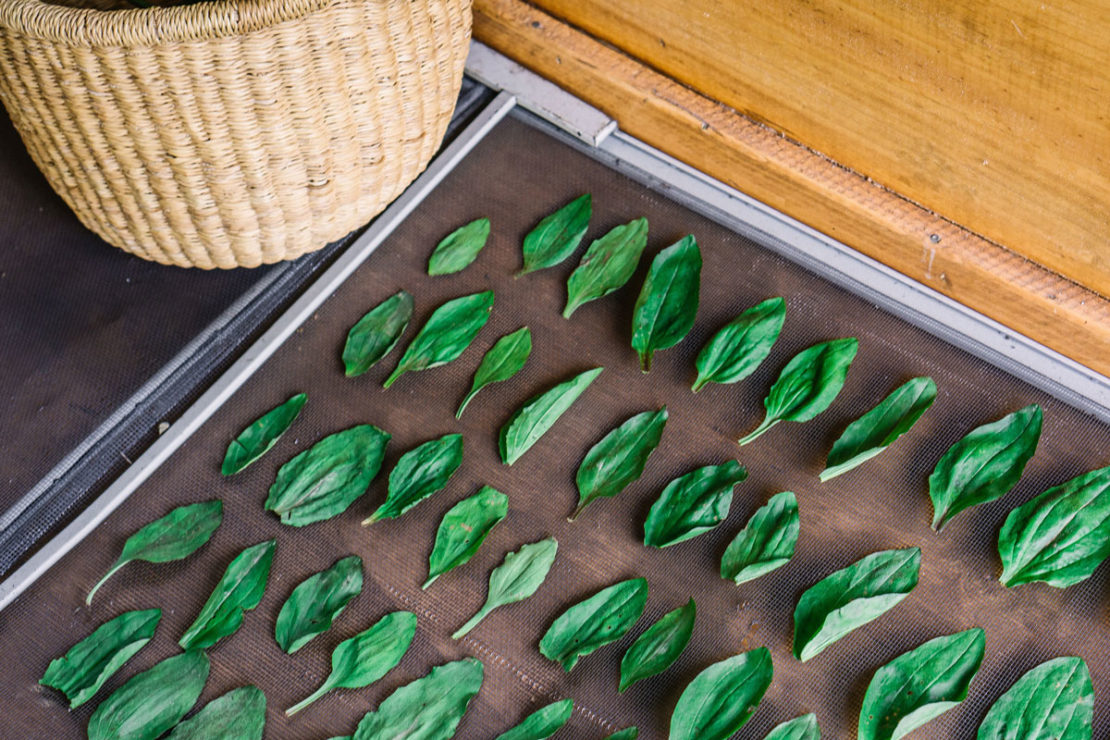
Plantain Leaf Benefits and Recipes
Since the launch of The Foraging Course, we’ve had a renewed interest in the humble, helpful herbs that grow right outside our d...
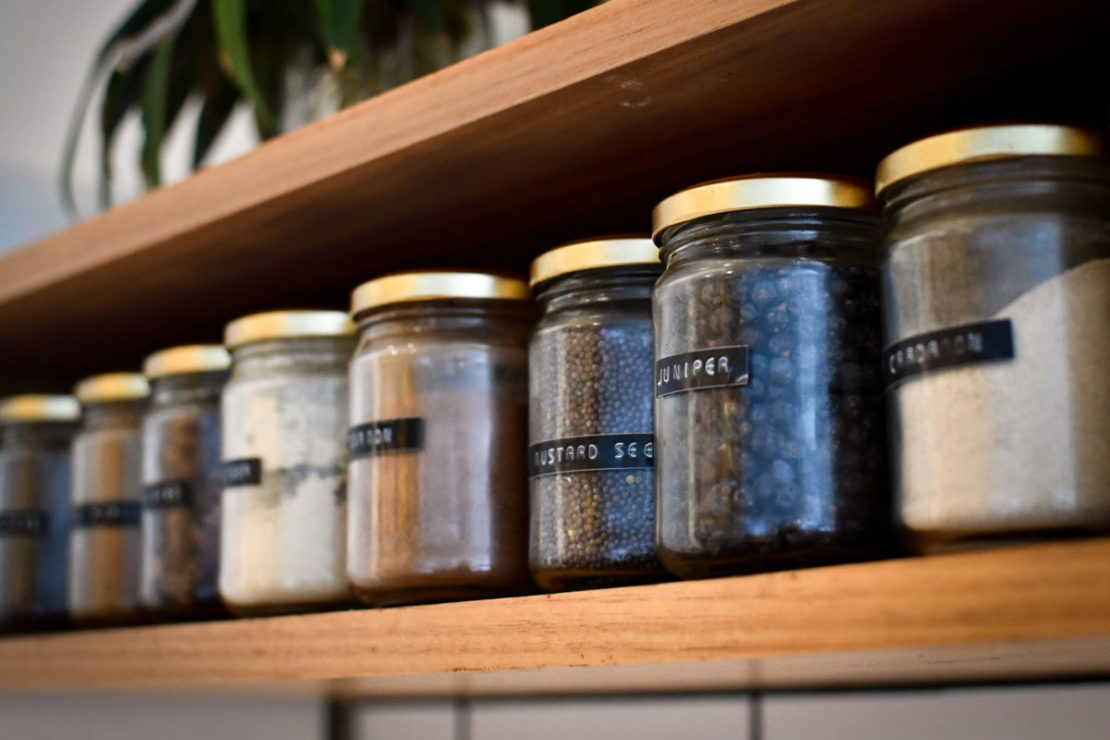
How and Where to Buy Herbs in Times of Upheaval
At the outset of the current global pandemic, herbalists were more grateful than ever for the revered roots in our own apothecaries. While treasuring what we already had on hand, we also took note of those less glamorous, generous green allies that grow wildly around us. We collectively found ourselves wondering where to buy herbs…
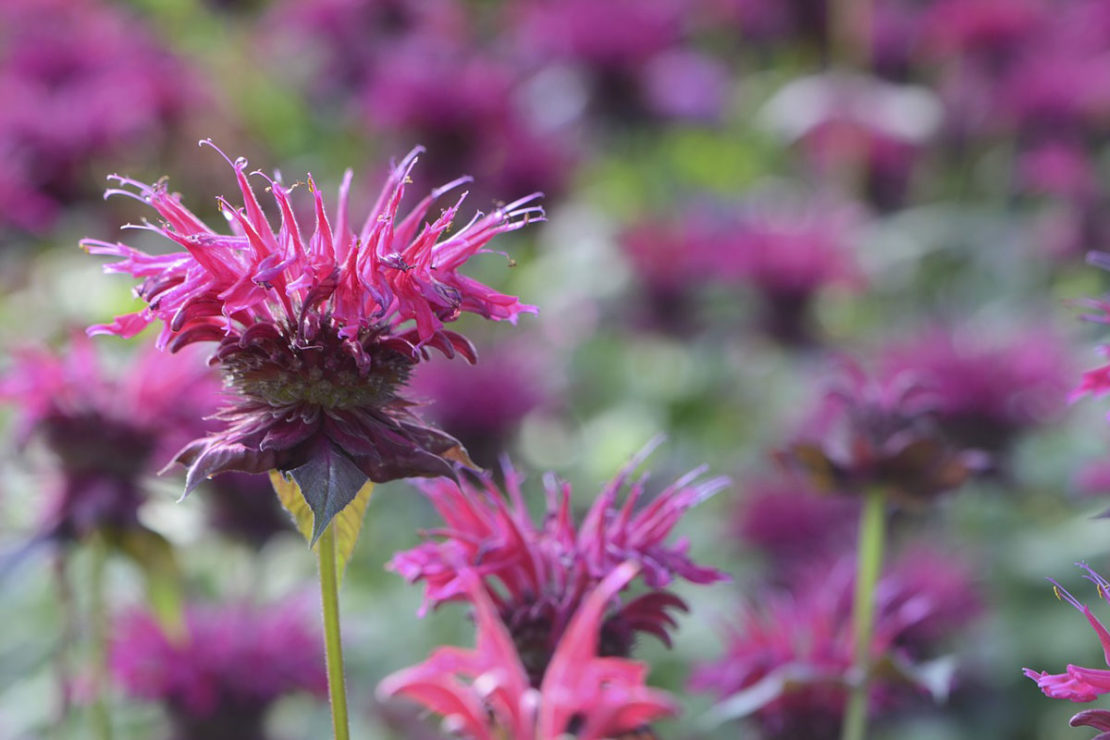
New eBook! Cooling Herbs for Hot Summer Days
Summer days are ripe with joyful pleasures, including fresh lemonade, cool mornings in the garden, and lazy afternoons by the pool or pond. While there are many uplifting moments and simple joys of summer, many parts of the country also endure soaring temperatures that can feel nearly unbearable. Whether you experience jungle-like humidity or bone-dry…

How to Use Herbs to Rebuild from Burnout
Long-term stress takes a huge toll on one’s body and mind. Sometimes that stress can chip away at vital reserves and one’s sen...

Herbal Allergy Support Using Ayurvedic Herbs
Allergies manifest in many ways. There are food allergies, seasonal allergies, skin allergies, and allergic reactions to fragrance...
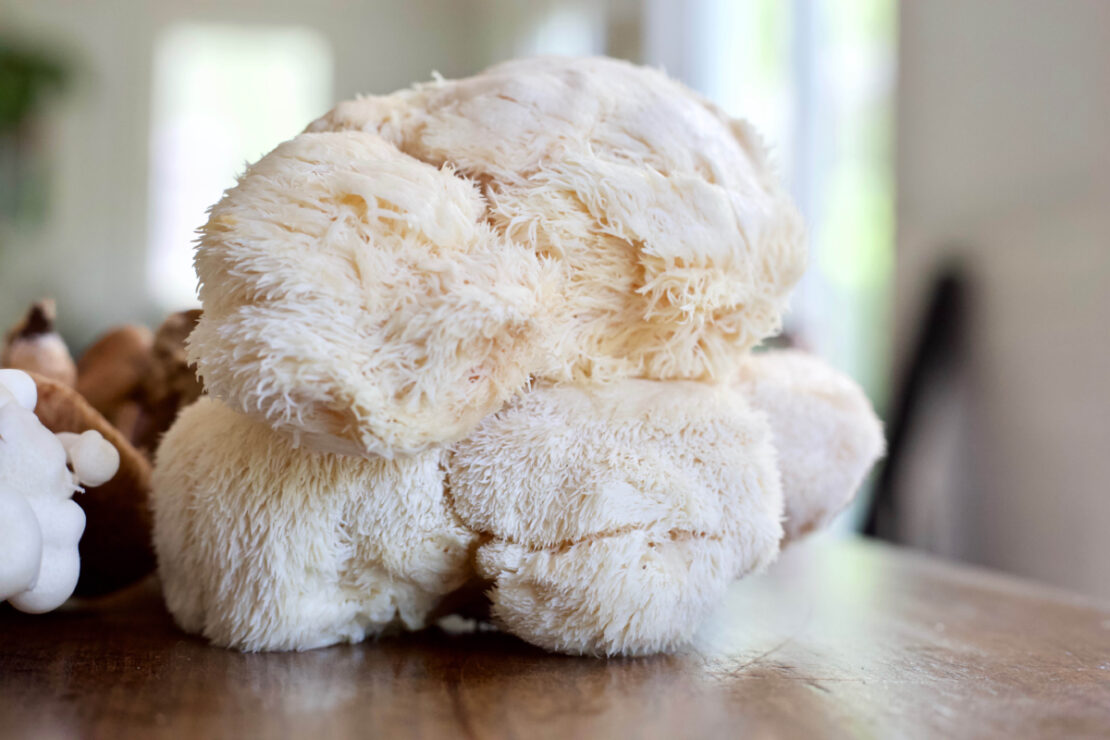
Lion’s Mane Mushroom: What You Should Know
For many years, mushrooms have received most of their attention as a popular pizza topping. But recently, these members of the fungi kingdom are getting a lot of spotlight as a “superfood” and functional mushrooms, like lion’s mane (Hericium erinaceus), are becoming increasingly popular. These days mushrooms are being studied for their wellness properties and…
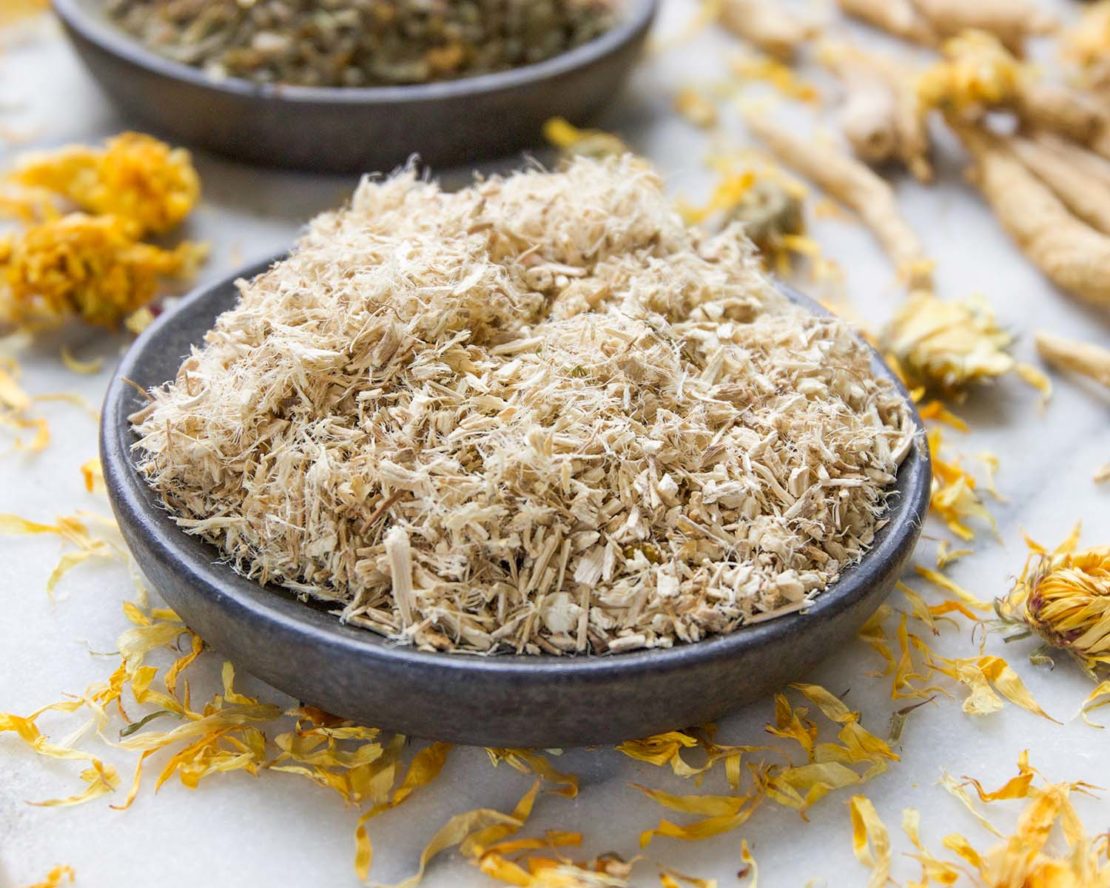
Best Herbs for Lungs and Respiratory Support
When addressing viral respiratory infections, we want to think about herbs that have strong immune or antiviral actions in addition to herbs for lungs and basic respiratory support. During the current outbreak of viral infection, it’s better to use what you already have on hand than to spend an extended amount of time out of…
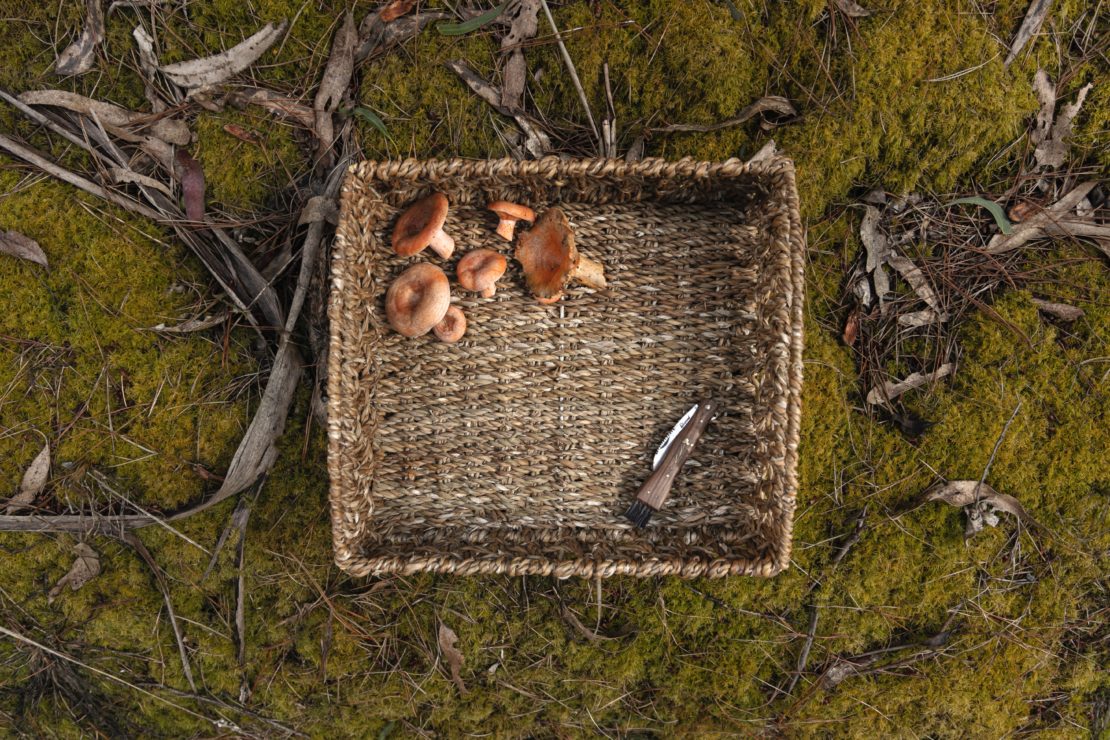
5 Essential Mushrooms for Your Home Apothecary
Mushrooms: they are as fascinating as they are mysterious. It seems as soon as you dive into the world of mycology, there is an ov...
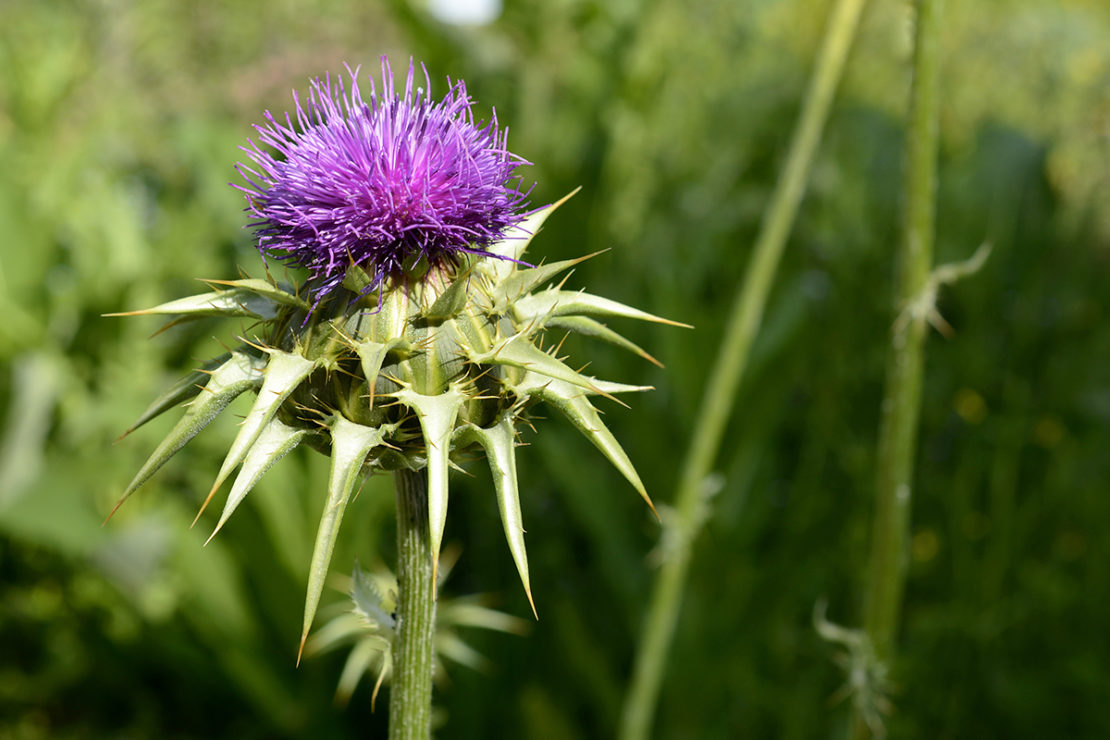
Milk Thistle: A Spring Herb Your Liver Will Love
A number of herbal allies are especially well-suited for spring, such as alterative, bitter, and hepatic herbs. These categories o...
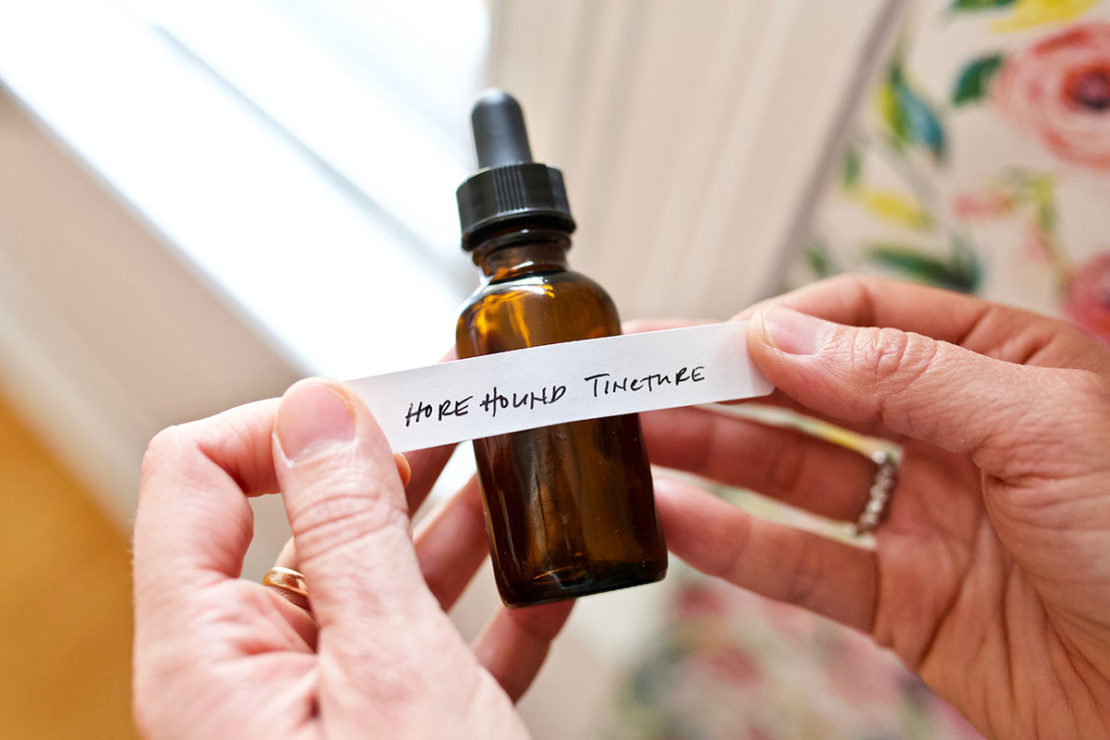
Reviving Horehound: 6 Ways You Can Use This Traditional Herb
Truly an age-old herb, horehound (Marrubium vulgare) was a staple in ancient Egyptian medicine and traditional Greek medicine for a significant period (Holmes, 1989) and has enjoyed a familiar position in various folk traditions. Eclectic herbalists employed horehound to “increase secretions of the skin” (otherwise known as “sweating”), help support a chronic cough, and even…
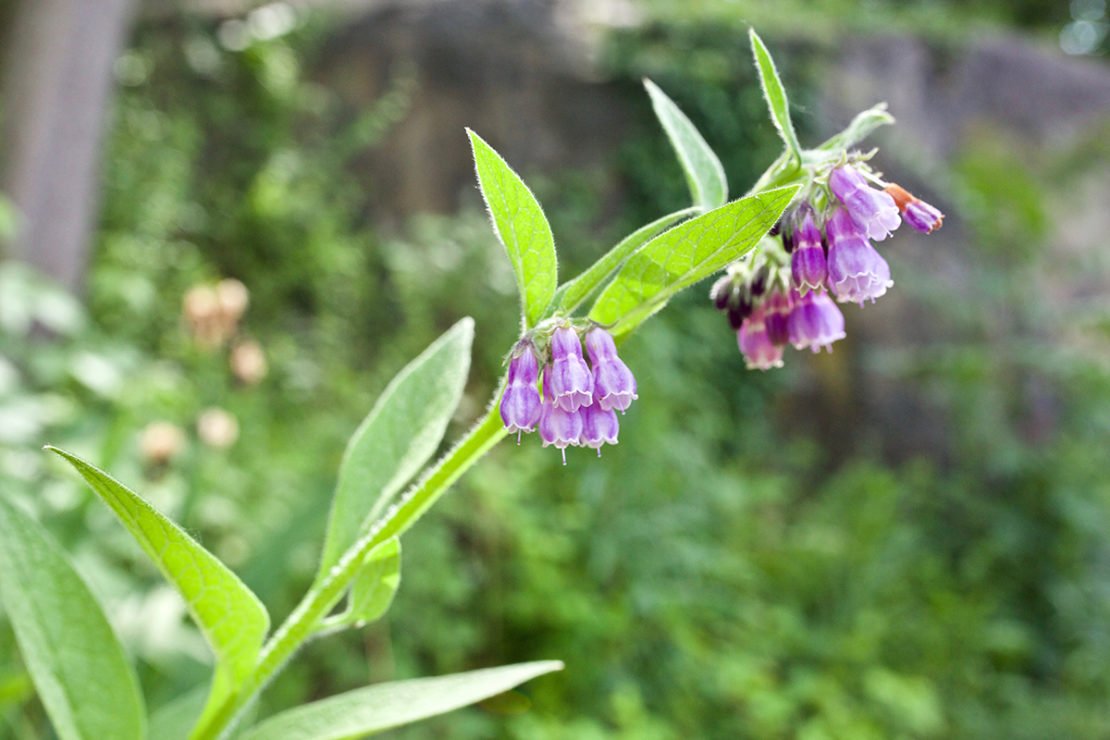
The Comfrey Controversy: Can And Should One Use Comfrey Internally?
Can and should one use comfrey (Symphytum spp.) internally? This is a question that herbalists have been debating since safety concerns were first brought to light regarding the potentially negative health effects associated with using comfrey internally. While many herbalists have used comfrey internally for years with no known problems, others are heeding the warnings…
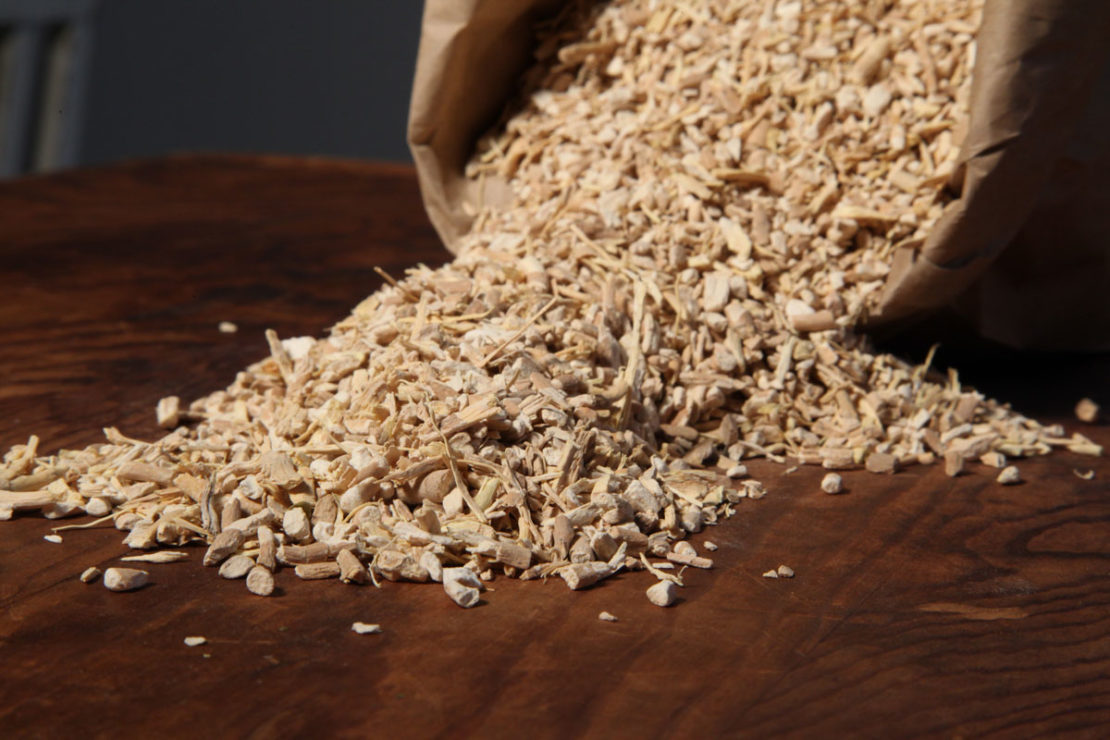
The Beginner’s Guide To Ashwagandha
Ashwagandha (Withania somnifera) root is known by a number of names, including Indian ginseng and winter cherry, and its usages ar...
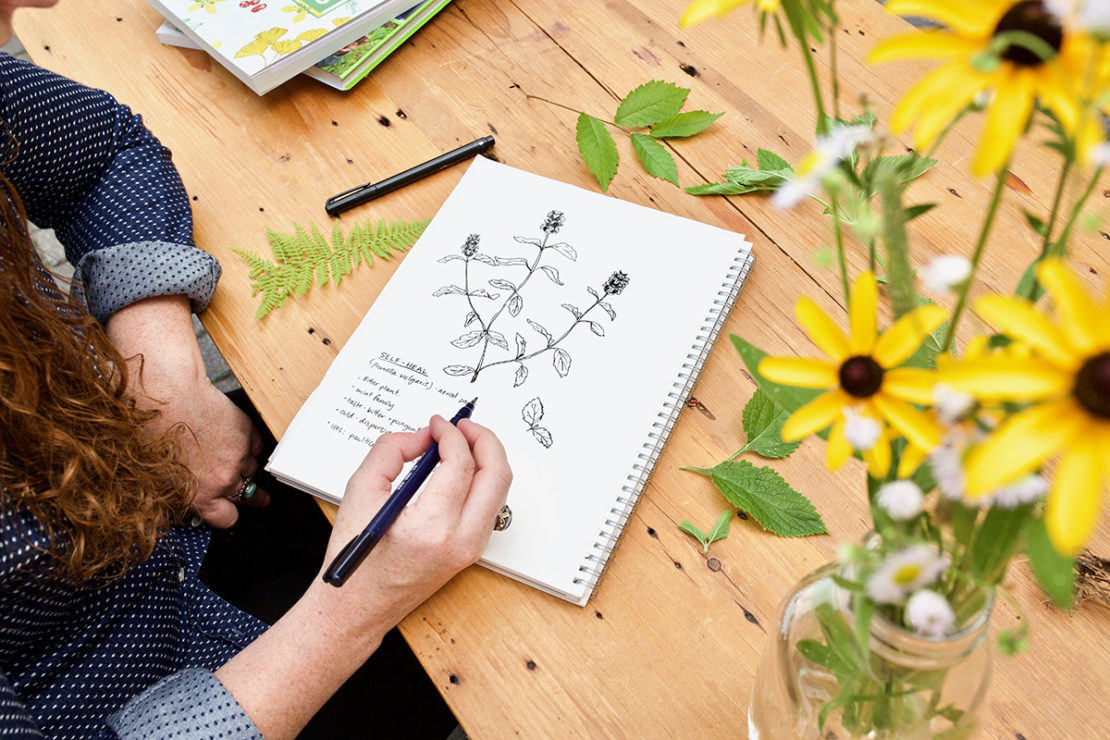
3 Ways To Use Self Heal In Your Materia Medica
Although self heal (Prunella vulgaris) is an herb that commonly grows across the world and has been used traditionally for ages, i...
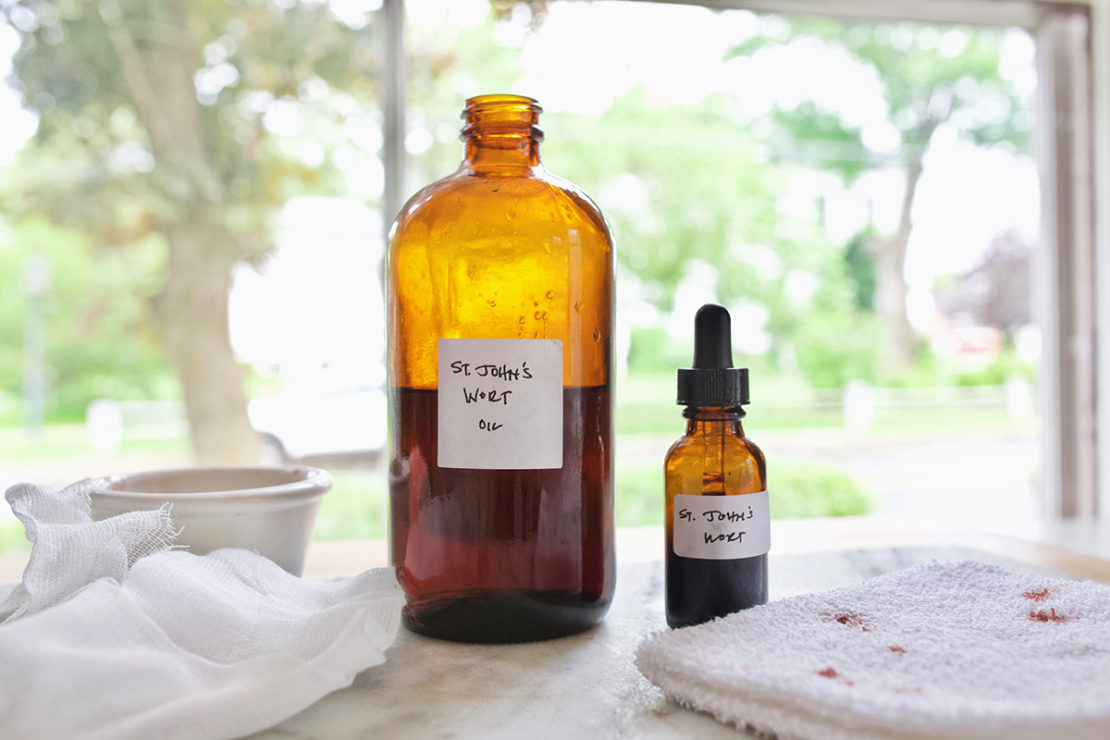
Two Basic St. John’s Wort Preparations To Keep In Stock
“This is her greatest trick: Bringing light and warmth to your darkness by helping to re-create the electric leap of synapses firing and energy moving along. Call on St. John’s Wort when you need a sip of sunshine so you can find your light in the darkness.” – Maia Toll, The Illustrated Herbiary St. John’s…
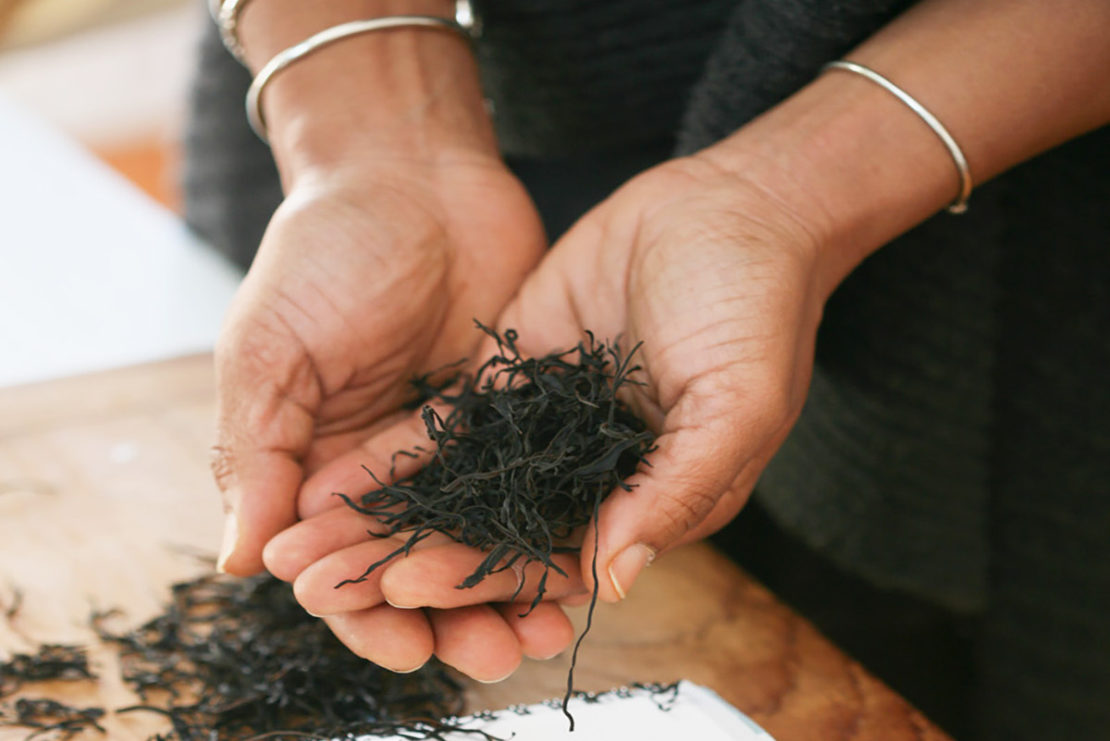
Seaweed 101: What You Need To Know And Why You Should Add It Into Your Materia Medica
Although seaweeds are not technically considered “herbs,” these aqueous plants have recently begun to receive attention in the eyes of herbalists for their high nutritive value, wellness-promoting qualities, and distinctly tasty nature. Although a variety of seaweeds have been consumed across the world for thousands of years, only recently have they begun to be referred…
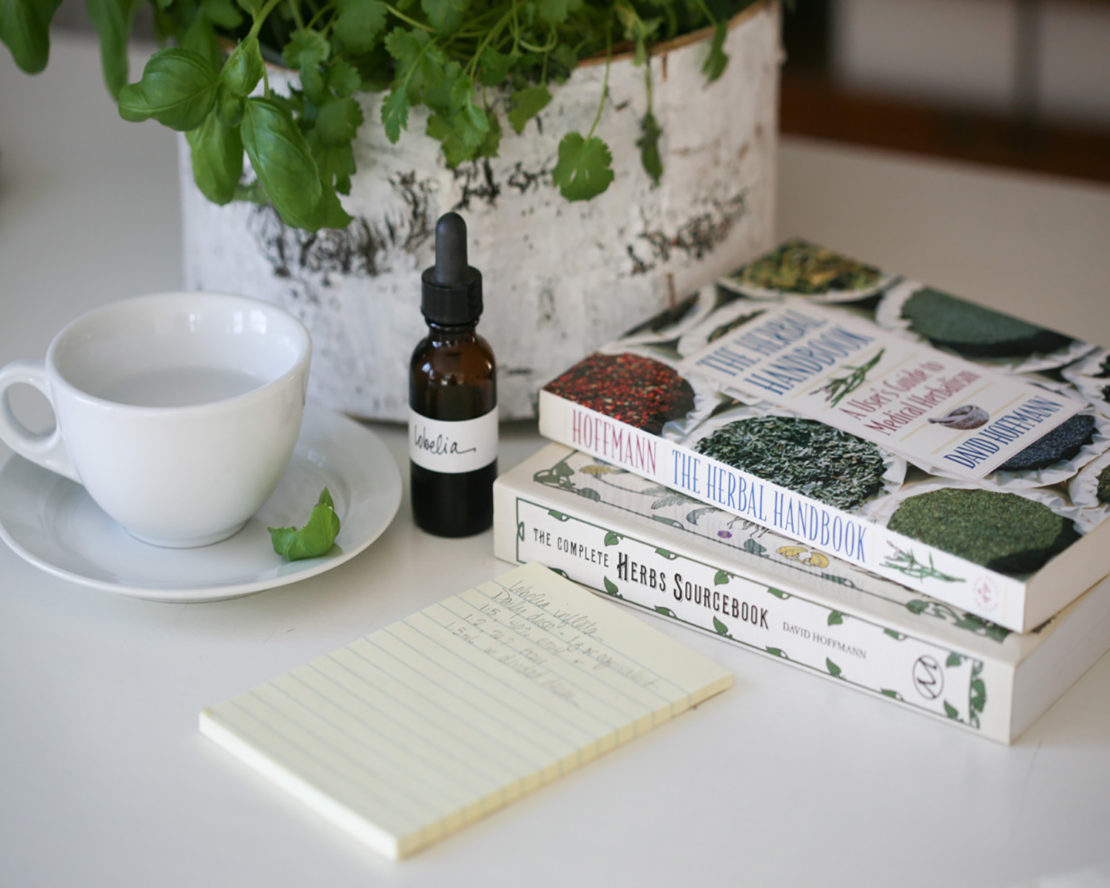
How To Use Low-Dose Botanicals Like Lobelia Safely
Plants are complex, and they have profound effects on the human body. Paracelsus said, “What is there that is not poison? All th...


